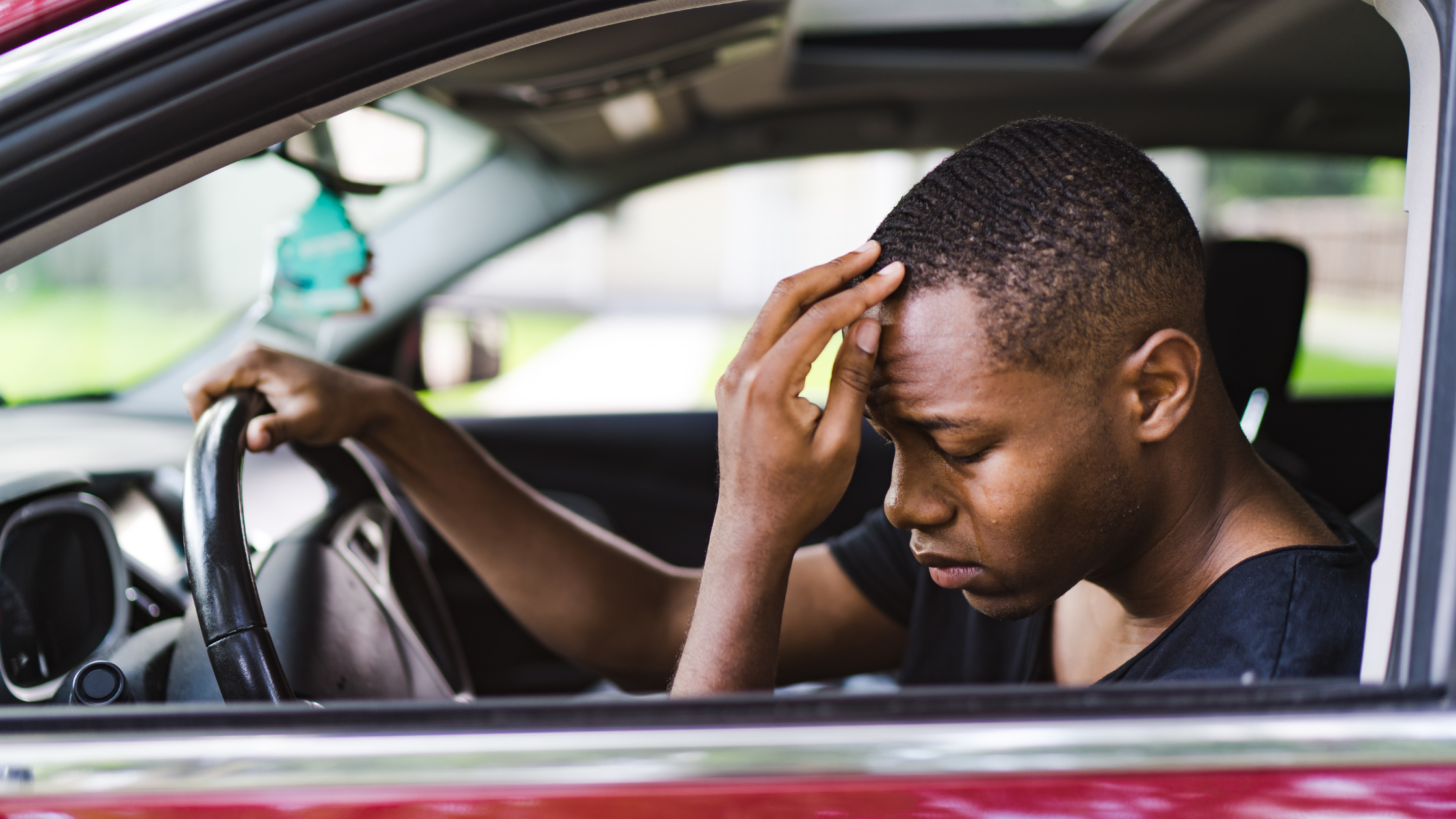
We know the dangers of driving drowsy, intoxicated or distracted by technology. But it's harder to recognize how our emotional state impacts our driving.
Have you ever considered emotions' impact on your driving before you get behind the wheel? For example, if you’re angry following an argument, stressed about something at work, or upset after receiving bad news, you may become more easily frustrated by other drivers or traffic and have less capacity to respond safely to what's happening around you on the road.
Safe driving is about being able to see, think, and react quickly behind the wheel. It doesn't matter how good you are at driving; when these abilities are even slightly impaired, they increase your vulnerability on the road.
Concerning Trends in Emotional Driving
Statistics about crashes and a driver's emotional state don't exist because proving a clear cause is difficult to measure. But we do know that a person’s emotional state has a considerable effect on the way they drive. Research conducted by the AAA Foundation for Traffic Safety found that “almost 80% of all drivers affirmed that they had experienced extreme anger, aggression, or road rage while driving.”
Emotional driving is a growing problem. 2021 was the deadliest year for road rage, with an average of 44 people per month killed or wounded during a road rage shooting. Road rage deaths due to gun violence have doubled compared to pre-pandemic levels.
Most drivers don't consider how they feel before entering their vehicles. And unfortunately, aggressive driving is dangerously common, with 78% of drivers admitting to acting aggressively toward other road users and around half revealing “honking, yelling or purposely tailgating another vehicle as the most common expressions of annoyance and anger.”
But ignoring your emotional state before and during a journey can have serious consequences. So, what warning signs should you look out for as a driver?
Watch out for Emotionally Charged Reactions
- Notice how you are reacting to other drivers. When you’re in a calm emotional state, you will respond by staying aware of your surroundings and ensuring safe following distances are maintained. But if you’re already upset, you may react aggressively to inconsiderate driving, holding the horn down in long angry blasts or following the driver too closely.
- Notice where your mind focuses. When you’re in a calm emotional state, you will scan for hazards and maintain awareness of what is happening further down the road. But if you are upset, your eyes might focus on one vehicle, and your overall vision becomes several restricted.
- Notice how you impact other drivers. When you’re feeling irritable and on edge, you can put yourself and other road users at increased risk, as your driving may influence the emotional state of other road users. This influence can lead to you and another driver becoming angry and driving dangerously.
What about Positive Emotions?
It's not just negative emotions that can impair our ability to drive safely. Positive emotions can be distracting too. Whether you're happy about something that happened at work, or your favorite song playing on the radio, your mind may not be completely focused on safely operating the vehicle.
While positive emotions can lead to distracted driving, they don’t send the same warning signals as negative emotions. So drivers must know what to look out for when they are strong emotions while driving. You can do some things to make that transition happen before and during your drive.
How to Keep Your Emotions in Check Behind the Wheel
Prepare
Knowing where you're going and what to expect along the way will help reduce stress. Find out if there are hectic intersections or traffic problems on your route. Give yourself plenty of time to make the journey so that you don’t become stressed if something comes up that you aren’t expecting.
Pause
Take a moment to notice how you feel when you enter your vehicle. Whether you're excited or upset, take a deep breath and remind yourself that you’re in control of your actions. All that matters is your responsibility to arrive at your destination safely. Take a few deep breaths before you get on the road. Then, don't start driving until you feel relaxed and in control of your emotions and reactions.
Practice Patience
If you are running late, decide that you will not make up the time by driving faster, skipping red lights, or being impatient with other road users. Patience is a valuable characteristic. However, it isn’t the preserve of a saintly minority; you can learn it through practice. Every journey you take is a perfect opportunity to develop your patience.
Practice Self-Control
Decide ahead of time that you won't let the actions of other drivers influence your driving. For example, if another driver gets upset with you, refuse to engage. If they’re upset because of something you did, indicate that you're sorry with a verbal apology or gesture.
Pull Over
We can't always completely separate ourselves from our feelings, but we can find a safer place than traffic to vent or celebrate. If you feel emotionally charged, find somewhere safe to stop your vehicle and take some deep breaths. Then, don't start driving again until you feel calm and in control.
Arrive Alive by Managing Your Emotions
Reinforce your driver safety program with the Arrive Alive Series from Smith System, which includes a course on emotions and driving. These short eLearning training modules focus on critical and relevant driver safety topics and offer a convenient way to improve driver safety using The Smith5Keys®.









